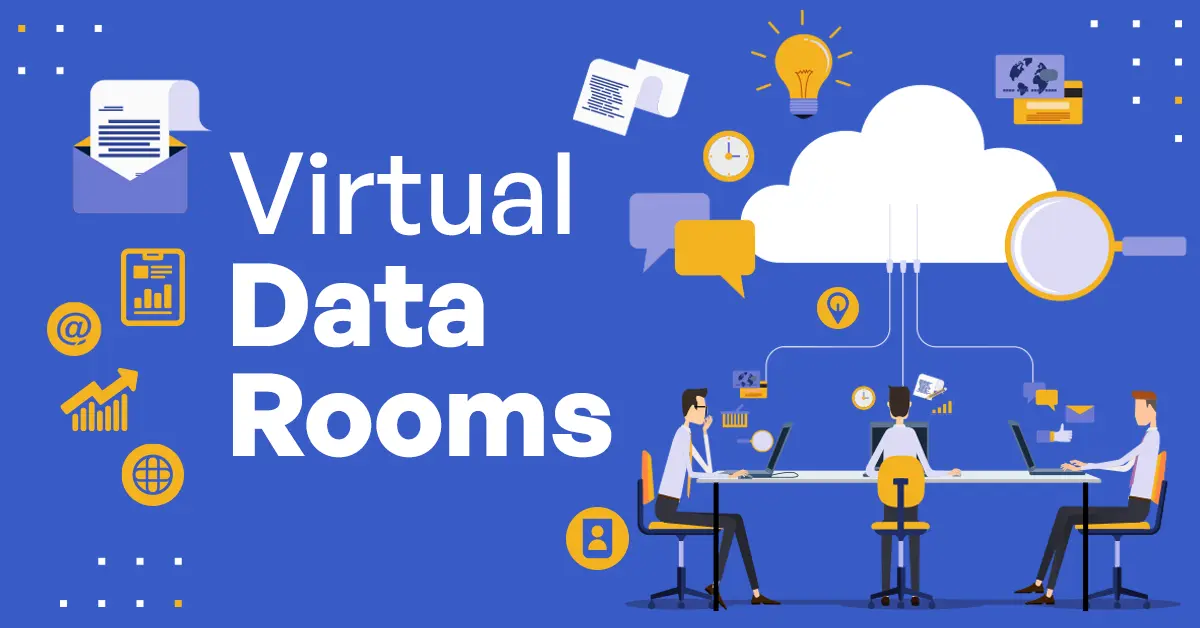Virtual data rooms (VDRs) have emerged as the go-to solution for accelerating biotech breakthroughs among research and development teams. They provide seamless data sharing, increased information security, and improved collaboration across cross-functional teams, investors, and partners. Here is how VDRs drive innovation in the biotech research and development industry:
Increased Collaboration and Communication
With biotech research and development teams spread across countries and time zones, keeping everyone on the same page can be challenging. VDRs provide a safe and centralized platform where researchers and scientists can collaborate on biotech projects, share documents and data, and view updated research progress. This can contribute to a culture of innovation and collaborative intelligence, allowing research and development team members to benefit from the collective knowledge and expertise of the entire group. Secure access to current research data may also contribute to enhanced productivity and communication, accelerated decision-making, and efficient teamwork.
Streamlined Research Workflows
Research workflows in biotech can be complex, involving multiple stages, departments, and stakeholders. Virtual data rooms can help streamline these workflows by providing a platform where researchers can easily track the progress of experiments or drug development. They can also share data and protocols and receive feedback and approvals in real-time. This may improve the speed and accuracy of research, reduce miscommunication errors, and allow projects to be completed on time.
Enhanced Data Security and Compliance Measures
VDRs provide a secure platform for storing and sharing confidential data. They come equipped with advanced security features such as two-factor authentication, data encryption, and user permissions. These features enable researchers to control access to sensitive data. Leading VDRs adhere to strict compliance regulations and may carry certifications from the Health Insurance Portability and Accountability Act (HIPAA), the Health Information Trust Alliance (HITRUST), and the Federal Risk and Authorization Management Program (FedRAMP). These third-party certifications help verify the effectiveness of a VDR provider’s services.
Biotech research and development teams can also utilize VDR services to closely monitor who accesses sensitive data and when. VDRs can provide detailed audit trails of each team member’s activities, from viewing research notes to accessing trial results. This may lead to improved compliance when protecting confidential data during biotech research and development efforts.
Improved Data Organization and Retrieval Processes
Members of research and development teams may need to manage large amounts of information during biotech research endeavors. Biotech projects can generate vast amounts of complex data, from biomarker analysis to clinical trial results. VDRs provide a solution by offering advanced data organization and retrieval features. Users can search, view, and organize data according to specific criteria, such as date, author, or project name. This can enable researchers to retrieve relevant data when needed, potentially improving their productivity and the accuracy of their work.
Read Also: What Is Involved in Creating and Implementing a Brand Strategy?
Accelerating Biotech Breakthroughs With Virtual Data Rooms
Biotech research and development is a complex and challenging process driven by collaboration, innovation, and data insights. By investing in a robust and secure VDR solution, biotech companies can conduct research and then safely store their data and results in a centralized location. Biotech companies can also promote more efficient workflows and enhanced compliance with simplified document organization and monitored user activity. Contact a reliable data room provider today to learn more about the benefits of VDR technology.
